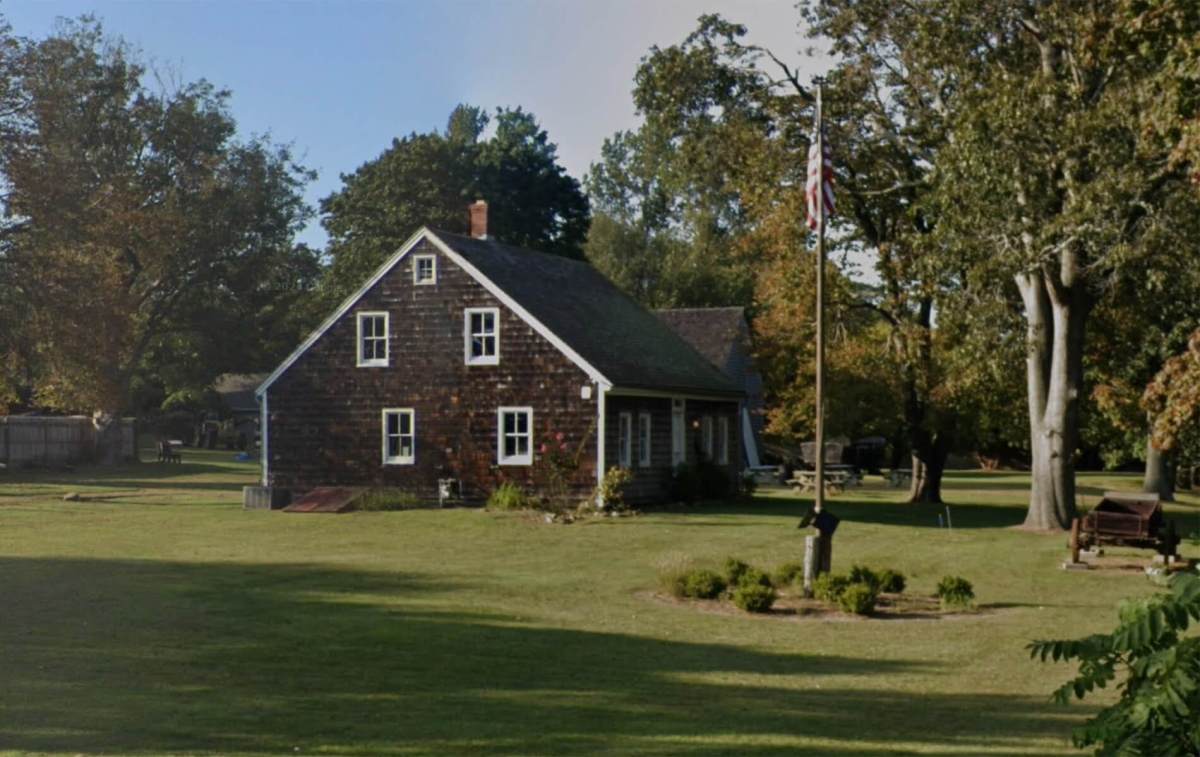The Bonfire of the Vanities, by part-time Southampton resident Tom Wolfe (who died a year ago), was a sensational best-seller that deftly satirized the New York of the late 80s. The protagonist is Sherman McCoy, a self-described “Master of the Universe” bond salesman on Wall Street. McCoy, who comes from an old-money New York family, spends most of the book worrying: about money (he doesn’t have enough to maintain his grand lifestyle), about his job (any breath of scandal will spoil the deal he hopes will rescue his finances), and then about a car accident he gets into while out with his mistress (he hits and injures a Bronx high school student).
McCoy, of course, owns a house in Southampton on “Old Drover’s Mooring Lane,” a beautifully imagined street name like a mashup of Ox Pasture Lane, Gin Lane, and First Neck Lane. The house costs him $116,000 a year, mentioned when McCoy is anxiously listing all his annual expenses: “($84,000 for mortgage payment and interest, $18,000 for heat, utilities, insurance, and repairs, $6,000 for lawn and hedge cutting, $8,000 for taxes)”–and that’s without adding the salary of “Hobie the handyman.”
McCoy and his parents are members of the old-money Southampton Bathing Corp, the Gin Lane club said to be the hardest to gain entrance to on the East Coast. Known as the “beach club” to members, the Bathing Corp is a no-frills, lunch-only club where members line up with plastic trays to be served hot meals cafeteria style. And the aesthetic is decidedly plain.
At that moment, also on Long Island, but sixty miles to the east, on the south shore, the beach club had just opened for the season. The club owned a low, rambling stucco building athwart the dunes and about a hundred yards of beachfront, bounded by two dock ropes threaded through metal stanchions. The club facilities were spacious and comfortable but were maintained, devoutly, in the Brahmin Ascetic or Boarding School Scrubbed Wood mode that had been fashionable in the 1920s and 1930s. So it was that Sherman McCoy now sat on the deck at a perfectly plain wooden table under a large faded umbrella.
The ropes delineating the club’s portion of the beach are a subtle literary device of Wolfe’s.
Once, when Sherman was Campbell’s age, his father and mother had taken him for a picnic out on the sand beyond the ropes. There was a spirit of adventure about this excursion. They were roughing it. The strangers out there on the sand, the handful who remained in the late afternoon, turned out to be harmless.
Keep in mind, of course, that part of the beach is still Gin Lane. Not Coney Island, say.
Now Sherman let his eyes slide off his father’s face to explore the sand beyond the ropes again. It made him squint, because where the cluster of tables and umbrellas ended, the beach was sheer dazzling light. So he shortened his range…
Of course, the sand byond the ropes represents McCoy’s life without the trappings of privilege, terra incognita. McCoy sometimes longs for an ordinary middle class life (represented by a suburban house in Knoxville, Tennessee), where he could enjoy simple pleasures and much less stress and anxiety, but doesn’t have the courage to pursue it.
If you’ve never read Bonfire, try it this weekend. It’s great.


















